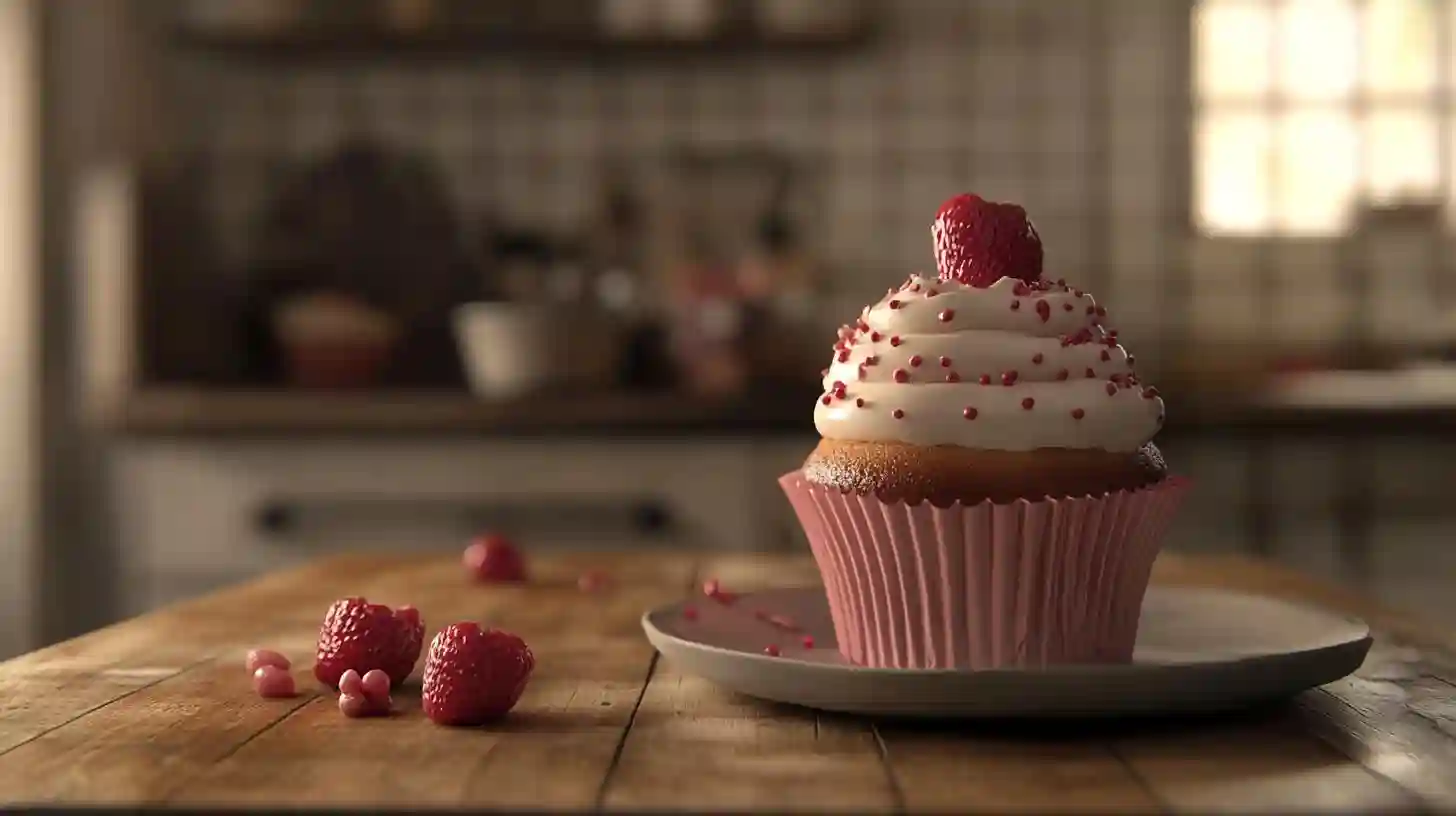
The history of the cupcake is a delightful journey through time, showcasing not only the evolution of this beloved dessert but also the creativity of those who transformed simple ingredients into a sweet sensation. While tracing the exact origin of the cupcake is as complicated as perfecting its recipe, there are tantalizing glimpses into its early days that reveal the genius behind its creation.
Cupcakes, in their earliest form, can be traced back to the late eighteenth century in America. These tiny, individual baked goods are believed to have evolved from the more traditional, larger cakes that were the centerpiece of celebrations. The innovation came in the form of portion control, allowing bakers to cater to the growing desire for personal-sized treats that were easier to distribute and serve. Before they were called cupcakes, they were known by various names, including "number cakes" and "pampered cakes," referring to the measurements of key ingredients. The connection between these names and the modern cupcake can be seen as an indicative step towards a more refined dessert culture.
The invention of the cupcake is often credited to a recipe published in a cookbook called "American Cookery" in the early nineteenth century. The cookbook featured a new way to prepare cakes that included a more systematic approach to measuring and baking. This marked a significant departure from traditional methods, as it allowed home bakers to recreate these desserts with relative ease. As these recipes spread, the concept of cupcakes gained popularity, leading to the emergence of various flavors and styles.
In the nineteenth century, the cupcake began to take on a distinct identity, showcasing the culinary ingenuity of bakers who experimented with both ingredients and techniques. During this time, advancements in baking technology, such as the introduction of baking powder, revolutionized the way cupcakes were made. Bakers could achieve lighter, fluffier textures in their cakes, which contributed to the delightful appeal of cupcakes. These small wonders were decorated with icing and fondant, evolving into the beautiful and intricate dessert we know today.
One of the most notable figures in the early history of cupcakes is Baker Eliza Leslie, who published several cookbooks in the early to mid-nineteenth century. Her recipes played a pivotal role in popularizing the cupcake genre, allowing bakers across the country to replicate her unique and mouth-watering creations. Her contributions laid the groundwork for the modern interpretations of cupcakes, making her a vital figure in the realm of dessert.
The cupcake’s rise to fame continued into the twentieth century, especially in the post-World War II era. With the increasing availability of pre-packaged ingredients and convenience foods, cupcakes surged in popularity as baking became more accessible to the general public. Home bakers embraced the versatility of cupcakes, experimenting with an array of flavors and decorating styles that mirrored broader culinary trends. During this time, the classic yellow or chocolate cupcake with buttercream frosting became staples at birthday parties, school events, and family gatherings.
As the decades rolled on, the cupcake found itself becoming a centerpiece of contemporary culinary culture, often gracing the menus of gourmet bakeries and cafes. With the rise of foodie culture, the cupcake underwent a renaissance when creative bakers began to experiment with exotic flavors and unique garnishes. Matcha cupcakes, bacon-infused flavors, and even boozy variations began to emerge, showcasing the limitless potential of this sweet treat.
The cupcake ultimately transformed from a simple bake to an art form, as bakers sought to create culinary masterpieces that were as visually stunning as they were delicious. Social media played a significant role in this cupcake revolution, with visually captivating images flooding platforms like Instagram and Pinterest, enticing people to explore the ever-evolving world of cupcake designs.
Across the globe, diverse adaptations of the cupcake exist, resonating with cultures and traditions in distinctive ways. From the classic American style to the nuanced interpretations found in Asian bakeries, cupcakes continue to capture the imagination of both bakers and dessert lovers alike.
The story of the cupcake is one of innovation, creativity, and adaptation, tracing a path from humble beginnings to a favored indulgence enjoyed by many. The first person to create a cupcake is difficult to pinpoint, but the collaborative nature of culinary arts ensures that this sweet history will continue to evolve, revealing new flavors and techniques that delight palates for generations. What began as a simple, individual cake has transformed into a global phenomenon, celebrating the joy of baking and the universal love of sweets. As we savor the taste of cupcakes today, it is important to recognize and appreciate the rich history and evolution that has led to their current status as a beloved treat enjoyed all around the world.